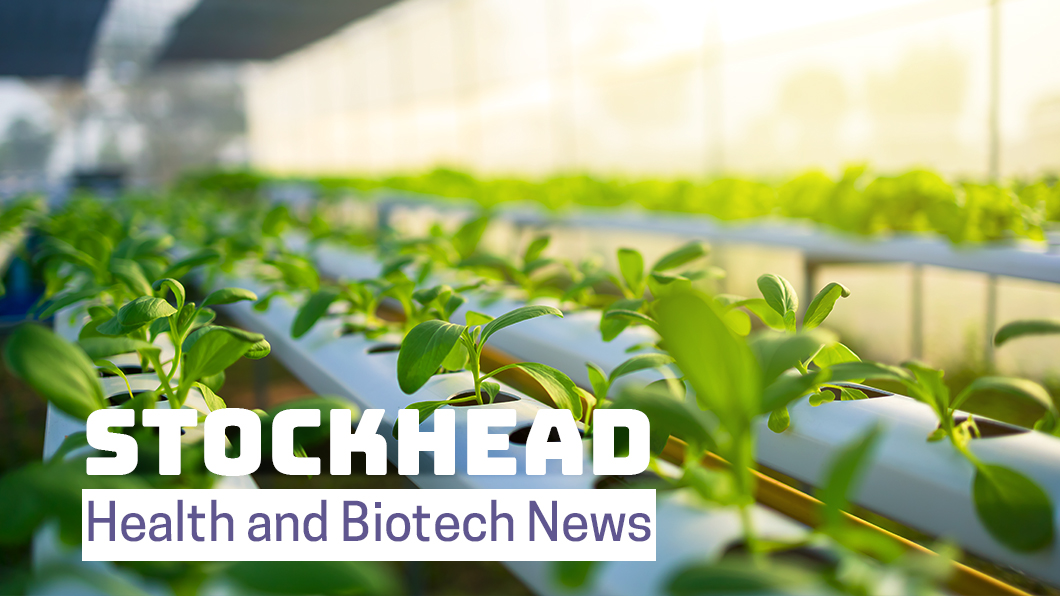Building a sustainable biotech sector in WA

Pic: Charnchai / iStock / Getty Images Plus via Getty Images
The inaugural Biotech Luncheon in Perth launched with a bang, with more than 150 guests attending the event last week.
Hosted by industry entrepreneur Brian Leedman, the luncheon was established to raise awareness of, and build a sustainable ecosystem around, the biotech industry in Perth.
“The feedback has been awesome. Three groups reached out to us following the luncheon for follow up presentations,” Orthocell managing director Paul Anderson told Stockhead.
“There is also growing appreciation regarding what we have here in this state — a growing ecosystem that is gaining critical mass in volume and quality.”
Orthocell (ASX:OCC), one of four listed biotechs that presented at the luncheon, reported last week that its collagen scaffold technology, CelGro, had successfully restored some degree of function and movement to quadriplegic patients.
The CelGro technology involves using collagen — the glue that holds our bodies together — as a scaffold on which cells and tissues can grow. It has been proven to have positive effects in patients with damaged nerves, tendon damage and broken or deformed bones.
Leedman added that the event showed how the WA state government could diversify its mining centric economy into a more diversified economy.
“By taking advantage of the world class facilities that we have, such as the Linear Clinical Research Centre and the Harry Perkins Institute of Medical Research, as well as the hospitals and the universities, we should create our own biotech hub,” he told Stockhead.
“We are certainly seeing some bold commitments from the state government, which is also contributing to the positive environment in WA and this space.”
Leedman had previously said that state governments should adopt similar measures to the federal government’s R&D rebate scheme, which allows eligible companies to claim back up to 43.5 per cent of their costs related to research and development.
This would allow companies to spend more in the state that they are based in, he said.
Also presenting at the luncheon was Dimerix (ASX:DXB), which is developing two new products used to treat diabetic kidney disease and focal segmental glomerulosclerosis (FSGS) — or scarring of the kidney.
The company is currently undertaking fully recruited Phase II clinical trials for both medicines and is strategically positioned with a focus on the US market.
Dimerix’s FSGS treatment has already been approved for fast-tracking by US regulators and has no comparable treatment other than dialysis, which has a price point of about $100,000 compared to the company’s proposed ask of about $7000 a month.
READ MORE: With Phase II trials underway, Dimerix eyes first-mover advantage in the US market
ResApp (ASX:RAP) also made recent headway when it was selected to join the Munich-based health and biotech-focused accelerator Startup Creasphere Digital Health Program.
The 12-week program will see ResApp work with experts and mentors from the consumer healthcare business unit of $165 billion French multinational pharma giant Sanofi, to explore opportunities to develop consumer health-focused respiratory disease products.
Last but certainly not least is Alzheimer’s fighter NeuroScientific Biopharmaceuticals (ASX:NSB), which said earlier this month that its drug EmtinB could potentially treat glaucoma due to its capacity to promote optic nerve regeneration.
The company’s pre-clinical work has shown that EmtinB can penetrate the retina and optic nerve with no side effects — in rabbits. Next up is a study in pigs, before humans.
UNLOCK INSIGHTS
Discover the untold stories of emerging ASX stocks.
Daily news and expert analysis, it's free to subscribe.
By proceeding, you confirm you understand that we handle personal information in accordance with our Privacy Policy.








